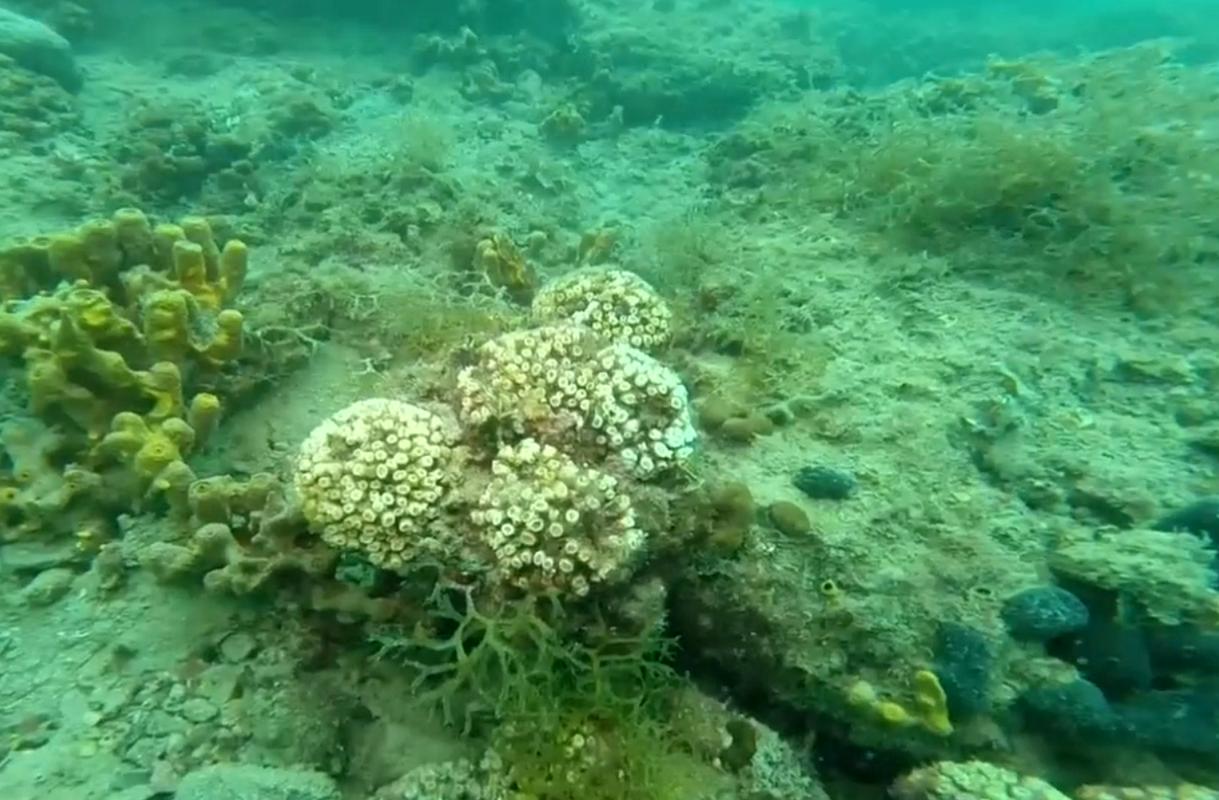
Biologists Lovrenc Lipej, Martina Orlando and Borut Mavrič of the Marine Biology Station in Piran recently published a book on biogenic reefs off Cape Ronek.
Even though the seabed of the Gulf of Trieste is largely bare, parts of it are covered by coral reefs. The coral reef off Cape Ronek is Slovenia's largest coral reef, and sea biologists recently discovered interesting biogenic reefs there.
Why are these formations so important for aquatic life? "These are miniature coral reefs. Their role is to attract fish and other organisms, but they also filter seawater. They act as a water treatment plant of sorts," said Lovrenc Lipej.
Until recently, not much has been known about biogenic reefs. However, Slovenian sea biologists began studying biogenic reefs as part of Tri korala, a project funded by the European Regional Development Fund. International collaboration is key to studying the region's coral reefs. Researchers from Italy, Croatia and Slovenia recently studied a coral reef off the island of Mljet, which happens to be one of the largest coral reefs in the Mediterranean.
"I saw a number of large fish and organisms around these reefs. Diving in this part of the Mediterranean is always an interesting experience," said Tihomir Makovec of the Marine Biology Station in Piran.
"The coral formations in Slovenia are really something special. Not quite as special as the coral formations off Mljet, but they're special considering how far north they are," added Lipej. Experts are, moreover, certain that they will find even more wonders on the bottom of the Adriatic Sea.
D. J. (TV Koper); translated by D.V.


































































